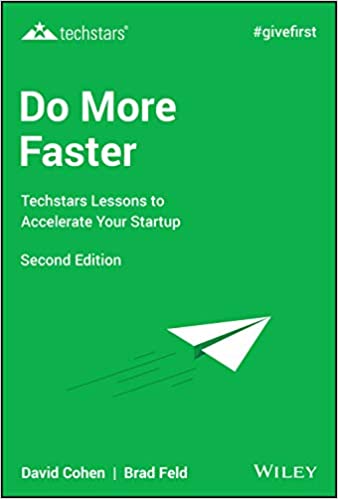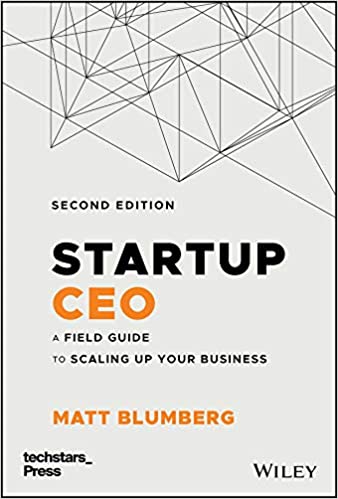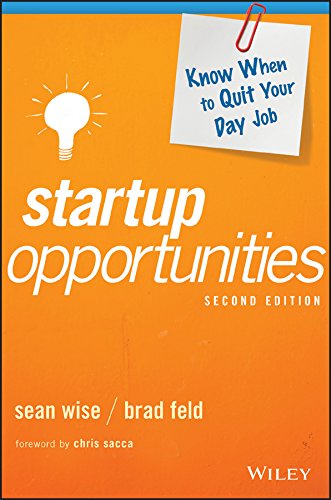Startup Boards, the book, and also why they matter more than ever these days
This post was originally published on StartupCEO.com by Matt Blumberg.
My latest book (I’m a co-author along with Brad Feld and Mahendra Ramsinghani), Startup Boards: A Field Guide to Building and Leading an Effective Board of Directors, is now live on Amazon – today is publication day! The book is a major refresh of the first edition, now eight years old. I was quoted in it extensively but not an official author – Brad and Mahendra were nice enough to share that with me this time. The book includes a lot of new material and new voices, including a great Foreword by Jocelyn Mangan from Him for Her and Illumyn. It’s aligned with Startup CEO and Startup CXO in look and in format and is designed to be an easy-to-read operator’s manual to private company boards of directors. Brad also blogged about it here.
We’ve done a lot of work around startup boards at Bolster the past couple of years, including working with over 30 CEOs to help them hire amazing new independent board members. Our landmark Board Benchmark study last year highlighted the problem with startup boards, but also the opportunity that lies within: not enough diversity on the boards, but also not nearly enough independent directors — and a lot of open seats for independent directors that could be filled. That conclusion led me to my Startup Board Mantra of 1-1-1: Independent directors from Day 1, 1 member of the management team, and 1 independent for every 1 investor.
As we posted on the Bolster blog last week, our quick refresh of the Board Benchmark study revealed some good news and some bad news about progress on diversity in the boardroom with startups. The good news is that the needle is starting to move very slowly, and that independent directors present the best opportunity to add diversity to boards. Our data shows that half of all new directors brought onto boards in the last year were independents, and of those, 57.9% were women and 31.6% were non-White board members. Those numbers are well above the prior study’s benchmarks of 36% and 23%, respectively (our experience running board searches skews even further to women and non-White directors being hired).
The bad news is how slowly the needle is moving — only 20% of open independent board seats were filled over the previous year, which is a lot of missed opportunity. The main takeaway is that while overall representation on boards is still skewed largely White and male, the demographic profile of new board appointments looks a lot different from the representation on boards today, indicating that CEOs are making intentional changes to their board composition.
Startup boards are a great way to drive grassroots change to the face of leadership in corporate America. More CEOs need to follow up by filling their open board seats and fulfilling their stated desires to improve diversity in the boardroom. This takes time and prioritization — these are the places where we see board searches either never get off the ground, or falling down once they do, for all the searches we either run or pitch at Bolster.
Hopefully Startup Boards will help the startup ecosystem get there.








